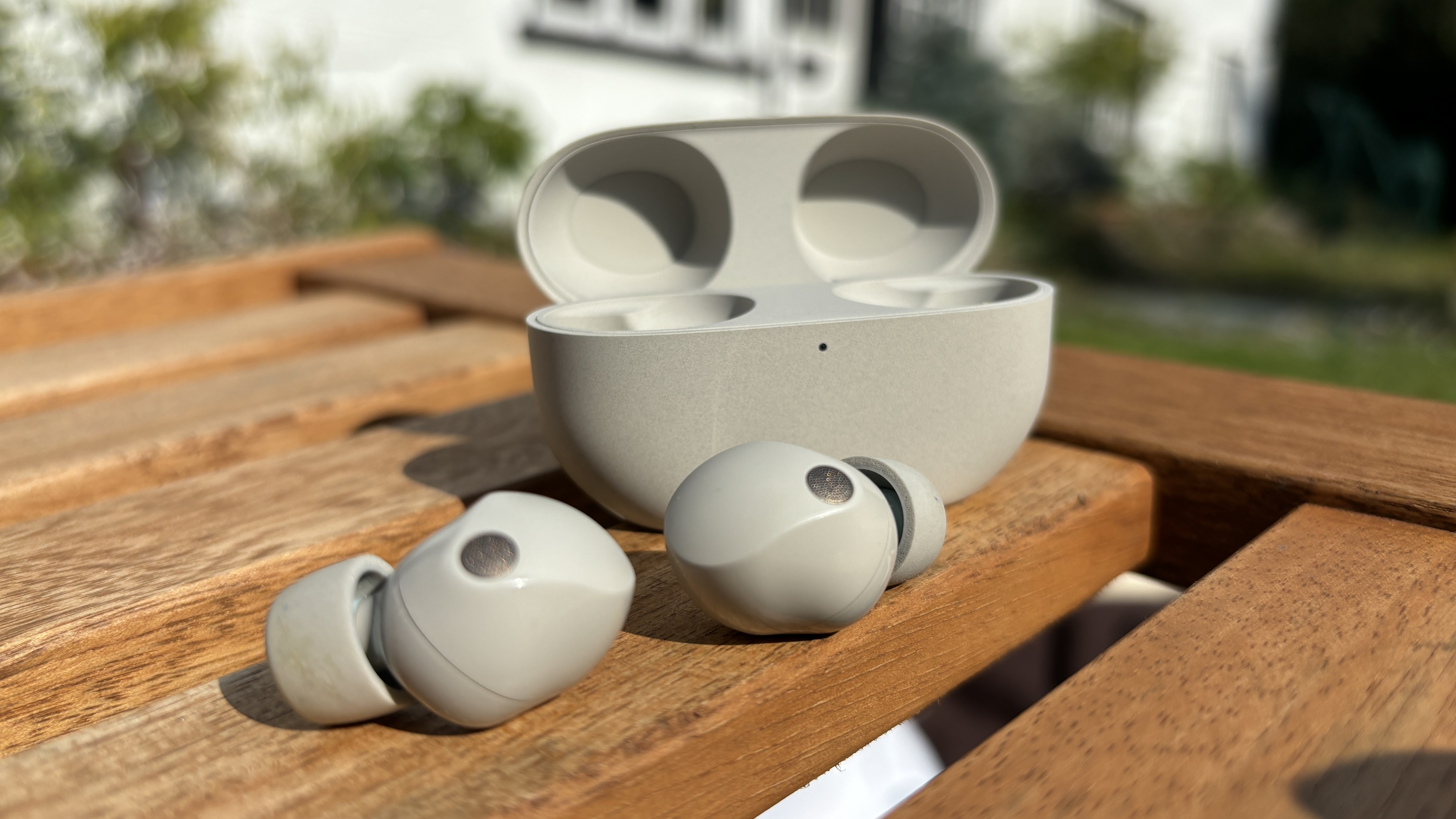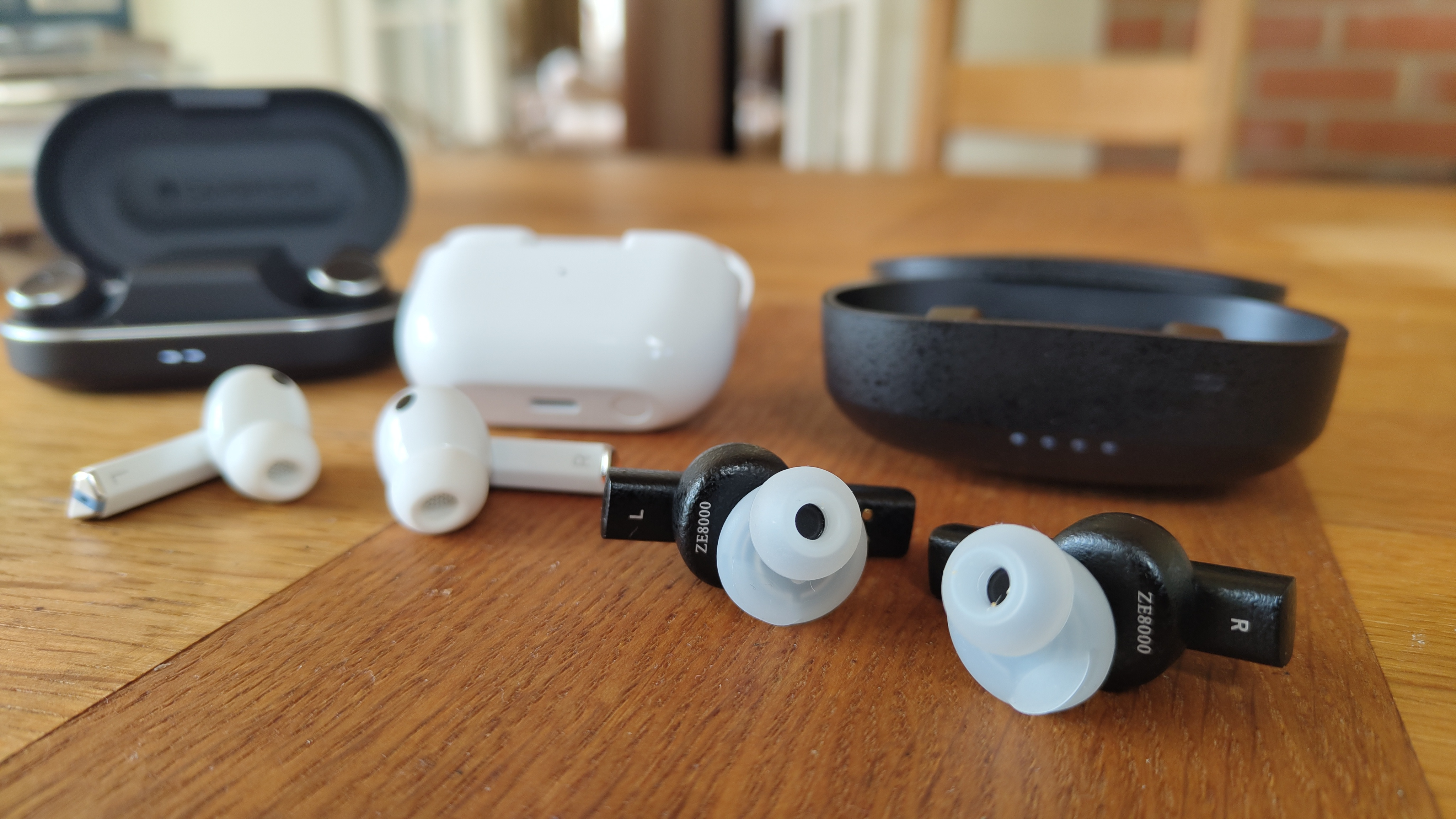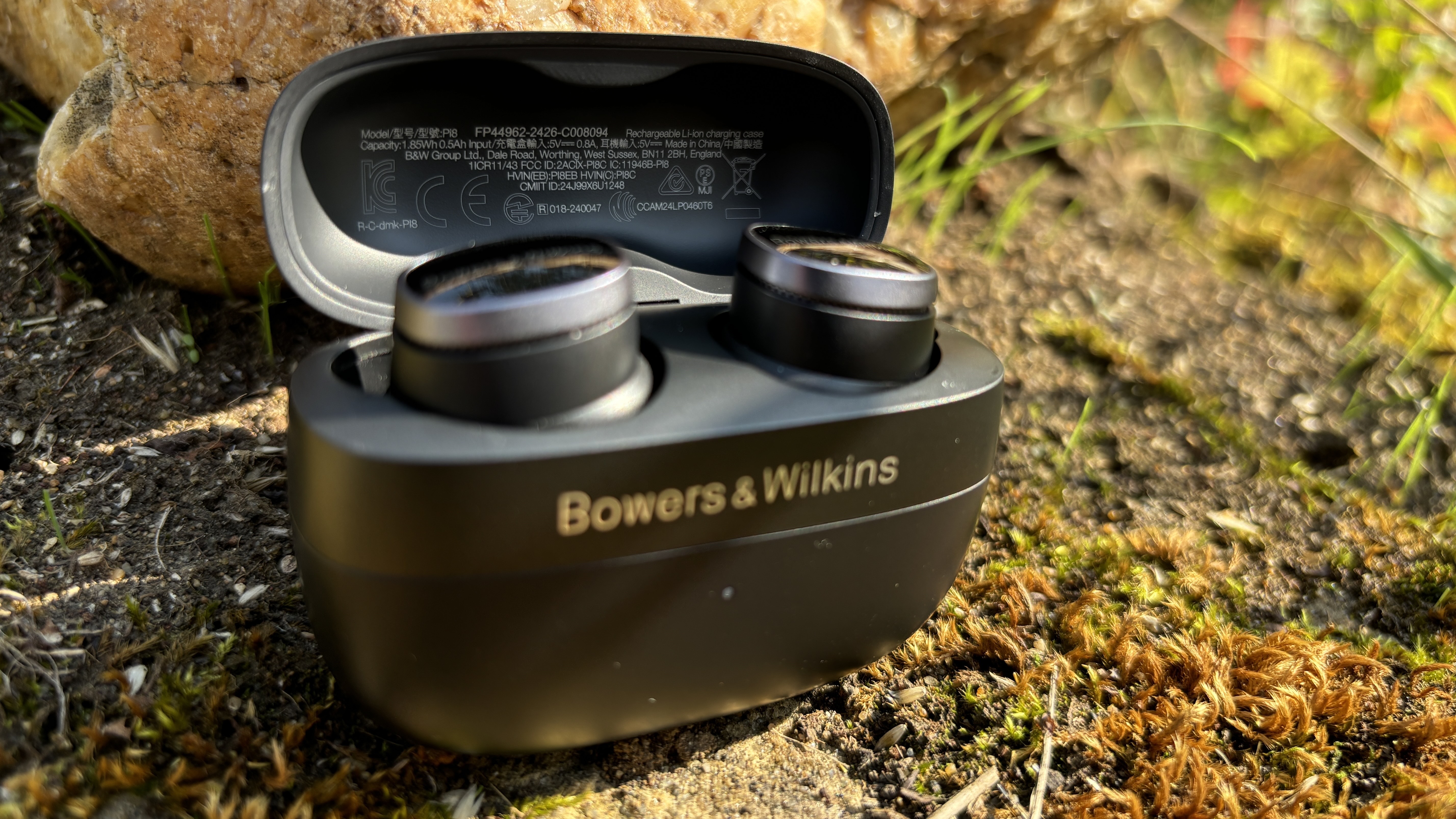
Never has there been a time when the in-ear headphones you shove into your lugs have boasted such astounding levels of cutting-edge tech. Wireless earbuds in particular are positively bursting with features, so much so that many consumers buy a set for the things that the buds can do as much as, or possibly more than, how they sound. While we are, of course, always focused on sound quality as the ultimate determining factor in whether a pair of buds receives glowing plaudits, a chilly reception or a verdict somewhere in between, there is no question that consumers have certain expectations from new models on the features front.
That's all well and good. We have no problem with manufacturers spending time and effort on making a pair of earbuds that can translate the meaning behind your dog's abstract barking or that glow red whenever you're feeling angry – as long as other aspects don't fall by the wayside. Sound remains paramount, but another consideration seems to be taking a backseat as brands pursue the latest trends and tech: whether or not the blasted things will actually fit into your ears.
It's a problem we encounter often, and certainly with enough frequency for it to have become a topic of discussion within the What Hi-Fi? team. Companies simply aren't doing enough concerning how a pair of earbuds fits in the ears; it's an oversight that seems baffling when you consider how fundamental it is to a product's actual usability. After all, if you can't wear a pair of IEMs or wireless buds, you can't hear them, and no matter how wonderful they might sound in theory, in practice, you might as well shove them up your nose for all the good it will do you.
Sometimes, this problem presents itself as having to do with a deficiency relating to the overall fit and design of buds and/or tips themselves, no matter the size and material involved. We adore the Sony WF-1000XM5 for their class-leading sound and complementary features, but their fit can be tricky for some team members. Speaking personally, the XM5 are my favourite premium buds, but I just wish their fit was a little more amenable to the average user – fix that issue and they would be pretty much perfect.

That, admittedly, is an issue of material and design as much as anything else, yet there are so many instances of IEMs or wireless earbuds not fitting thanks to a bewildering lack of choice when it comes to eartips. The Bose QuietComfort Ultra Earbuds offer only three tip sizes as standard, although the stability bands they sport do at least provide better security by nestling under your inner ear for a bit of added stability. The Samsung Galaxy 3 Pro are a decent set of buds that are let down by also offering only three sizes (small, medium and large); and it's the same story with the Google Pixel Buds Pro, a pair whose poor fit is only exacerbated by a lack of alternative tips to aid a better mooring.
At these prices (from around £150 / $150 to roughly £300 / $300), that sort of mediocre level of choice isn't enough. Expecting users to manage with a selection of small, medium and large is almost like expecting sneakerheads to get by with the same size delineations for their trainers. And, while we're not expecting numbers ranging from one to around 12 or 13 to ensure the ideal seal, it's fair to want around five sizes (xs, s, m, l, xl) from any self-respecting set of buds. A pick of materials, too, wouldn't go amiss; some brands furnish users with a soft set and a firmer collection to satisfy their comfort and sound preferences, although that is more common with IEMs than it is with wireless buds.
This may all sound like an arbitrary whine, but this stuff matters. If your ear canal falls between, say, medium and large in its dimensions, you're going to be hampered by a set of tips that are either excessively small, hence prone to falling out, or too large, and thus uncomfortable to wear and resulting in blobby, ill-defined bass reproduction. As our guide on how to find the right eartip size for you makes clear, a sub-par seal can be ruinous to the sound the manufacturers want to you hear, too. In this sense, they are only shooting themselves in the foot if what you end up experiencing is sub-par sound.
Admittedly, this does appear to be an area in which strides are being made. Many recent models we have tested, including the Sony WF-C510, Bowers & Wilkins Pi8, Cambridge Melomania M100 and the Jabra Elite 10 offer between four and five tip choices, with the mid-price Melomania giving you five pairs of eartips in two materials – three silicone and two foam. If a pair of £169 / $219 buds can stretch that far, it isn't too much to ask for premium models to do the same.

Wired in-ears seem to be a little better in this regard, though there's no reason why this should be the case. Do makers of wireless buds think that their users are more casual in their use and less concerned about sound quality, and thus don't require the perfect seal in the way that their wired counterparts do? Even if that were the case, wireless wearers are likely out and about far more than wired users and so crave the security and stability provided by a more bespoke fit. Not many wearers use wired in-ears for running any more, but wireless headphones are big business for sporty types.
Whatever the case, it's time for audio brands to start taking ear tips seriously as a matter of priority. I know several would-be wearers who have all but given up on owning a pair of wired or wireless earbuds, and while ear tip tests are becoming more commonplace, they are redundant if there are insufficient numbers of tips to back them up, especially for wearers with strangely shaped or oddly sized ears. Yes, making a few extra silicone caps is going to put manufacturing costs up a little, but if there's a risk that some would-be buyers wouldn't buy your product without them, surely it's a risk that will ultimately bring its rewards.
For almost all new pairs of wireless earbuds or wired IEMs, especially the most costly models, at least four eartip options should be the minimum, with a healthy figure of five (xs, s, m, l, xl) not unreasonable as a new norm. Manufacturers may think they are saving time and money by putting out just three pairs, but it's a false economy that could be hampering them as much as it hurts the consumer. Even the best pair of buds in the world can be made near-unusable if the fit isn't right, and if that's enough to dissuade buyers from buds that good, it's enough to be a dealbreaker for almost any set of in-ears you can think of.
MORE:
These are the best in-ear headphones you can buy
How to find the right eartip size for you: get the perfect fit for your earbuds
!["[T]he First and Fifth Amendments Require ICE to Provide Information About the Whereabouts of a Detained Person"](https://images.inkl.com/s3/publisher/cover/212/reason-cover.png?w=600)






